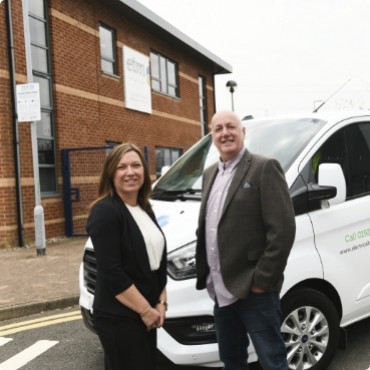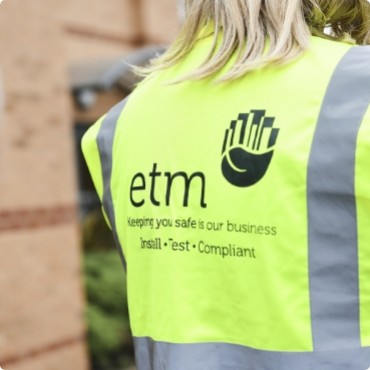When discussing an Electrical Installation Condition Report (EICR), different codes are used to indicate the severity of any issues found during the inspection. Understanding these codes is essential for addressing electrical safety problems appropriately.
C1 (Code 1):
A C1 observation means there is immediate danger. This code is assigned to any issue that poses an immediate risk of injury, such as exposed live wiring. If a C1 issue is identified, the electrician may disconnect the dangerous circuit or appliance, and it must be repaired as soon as possible to avoid accidents.
How to respond: Action must be taken immediately. You should not wait to resolve a C1 issue as it could lead to serious harm.
C2 (Code 2):
A C2 observation indicates there is a potential danger. This code is used for issues that do not pose an immediate risk but could become dangerous if not addressed. For example, damaged insulation on a wire that might deteriorate further and lead to exposure could be classified as C2.
How to respond: Action should be taken as soon as possible to rectify a C2 issue to prevent it from becoming a more serious problem. While it is not as urgent as a C1, it should not be ignored.
C3 (Code 3):
A C3 observation is less urgent and is labeled as an improvement recommended. It means the installation doesn’t comply with current safety standards, but it isn’t dangerous right now. For instance, this could relate to outdated wiring that may still function safely but is not as robust as modern alternatives.
How to respond: Unlike a C1 or C2, a C3 does not require urgent action. It’s recommended to upgrade or improve the installation, but it isn’t an immediate safety concern.
FI (Further Investigation):
The FI code means further investigation is needed to determine if a potential hazard exists. The electrician couldn’t confirm the safety of certain parts of the installation and more in-depth checks are required to fully assess the situation.
How to respond: It’s important to arrange for further tests or inspections to resolve any uncertainties and determine if any remedial work is necessary.
In summary:
- C1: Immediate action is required.
- C2: Prompt action is recommended to prevent potential danger.
- C3: Improvement is recommended but not urgent.
- FI: Further investigation is needed before making decisions.
This knowledge will help you ensure the safety and compliance of your electrical system.

PAT Testing Offer
We are committed to ensuring the safety and compliance of your electrical equipment through our professional Portable Appliance Testing (PAT) services.
As a token of our appreciation for choosing us, we’re excited to offer you an exclusive 10% discount on all PAT testing services!
FIND OUT MORE





